by Dr. David Sanders
Carob is an acquired taste especially for a child. Every year, in the winter, on the holiday of Tu b’Shevat (Festival of New Trees) we were treated to raw carob. Most of my classmates after one bite promptly spit it out. After years of doing the same, I started to like the taste but I had no idea why carob was the fruit distributed on this holiday. I had little appreciation for this obscure holiday. It was winter. Why were we celebrating a New Year of Trees when they were all bare, not even adorned by leaves, let alone the fruit they were destined to bear. And why eat carob?
Although the following story is a myth, it helps to connect the eating of carob on this holiday. A first century scholar, known as Honi, the miracle worker was walking on the road and saw an old man planting a carob tree. Honi asked the man, “How long will it take for this tree to bear fruit?” The man answered, “Seventy years.”
Honi then asked the man, “And do you think you will live another seventy years and eat the fruit of this tree?” The man replied, “When I was born into this world, I found many carob trees planted by those who planted before I was born. I am planting trees for those who will come after me, so they will be able to eat the fruit of these trees.”
Even though Carob trees start to produce fruit within 7 years (not 70) the point of the story remains. Planting a tree is an act of faith, an act of hope. When our landscape and trees are barren during the winter we celebrate the hoped for spring to come—a faith in renewal.
Leave it to the Kabbalists to see an opportunity for spiritual learning for the Festival of Trees. In the city of Tzfat, in the 1500s they developed a ritual Tu B’Shevat Seder loosely modeled after the Passover Seder. Instead of the matzah and bitter herbs, the food for consumption is fruit and nuts. While the foods at Passover serve as symbols for our freedom from a past that enslaves us, cracking open nuts or peeling fruit has us delve into areas of needed self-discovery.
We will be celebrating Tu B’Shevat this Sunday night with the interfaith community of Mile High Church If you can join us please do as we will celebrate through song, stories and a guided journey through the a progression of eating fruits and nuts. If you would like a downloadable copy of the Tu B’Shevat Seder visit our website.
Please join us Sunday, Feb 5th at Mile Hi Church. Register today.
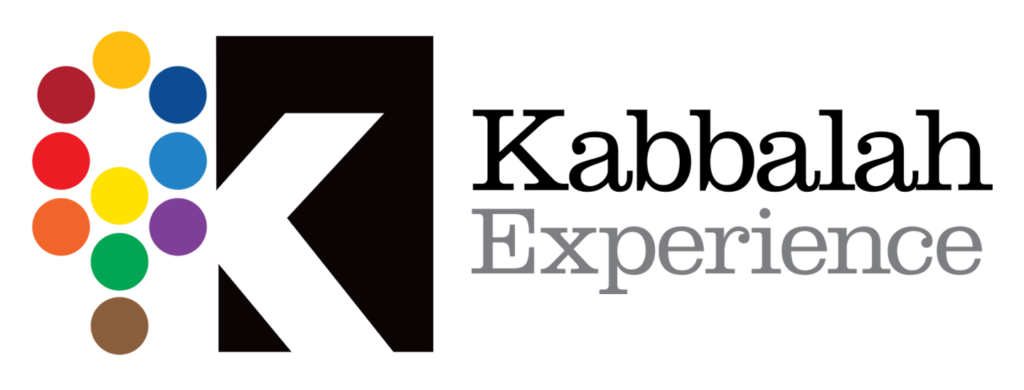

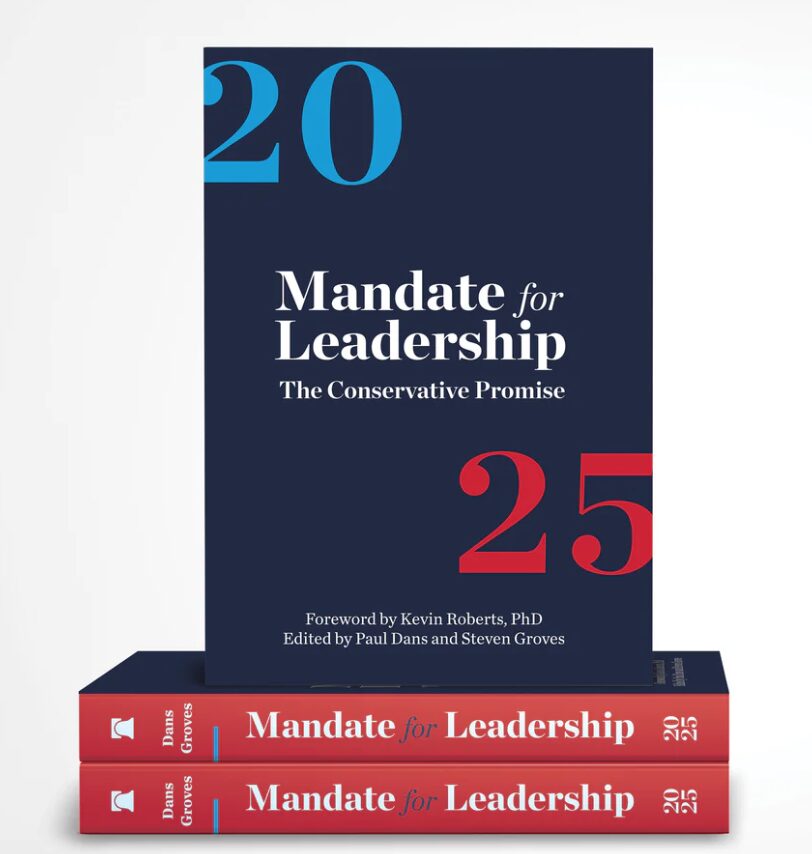
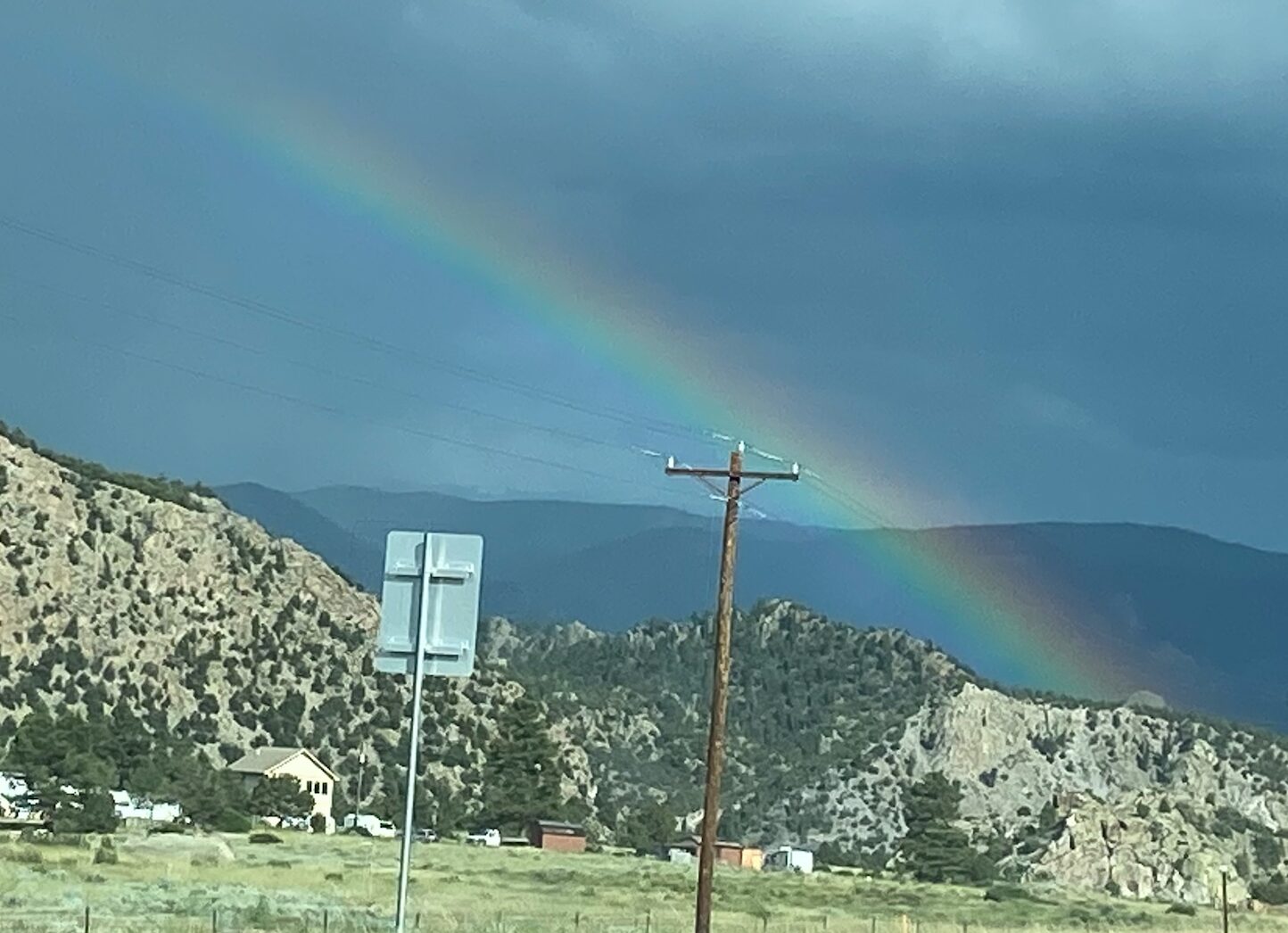
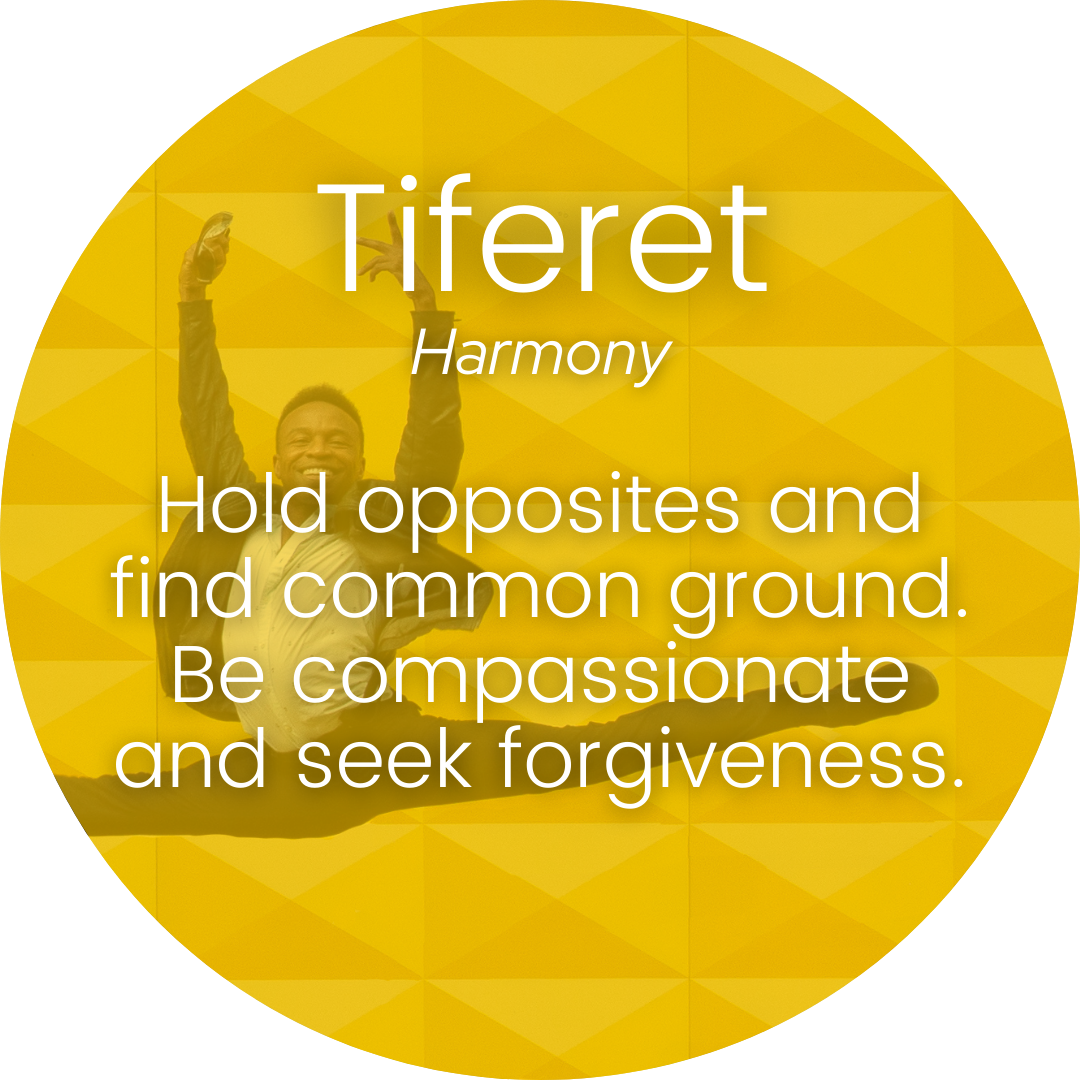
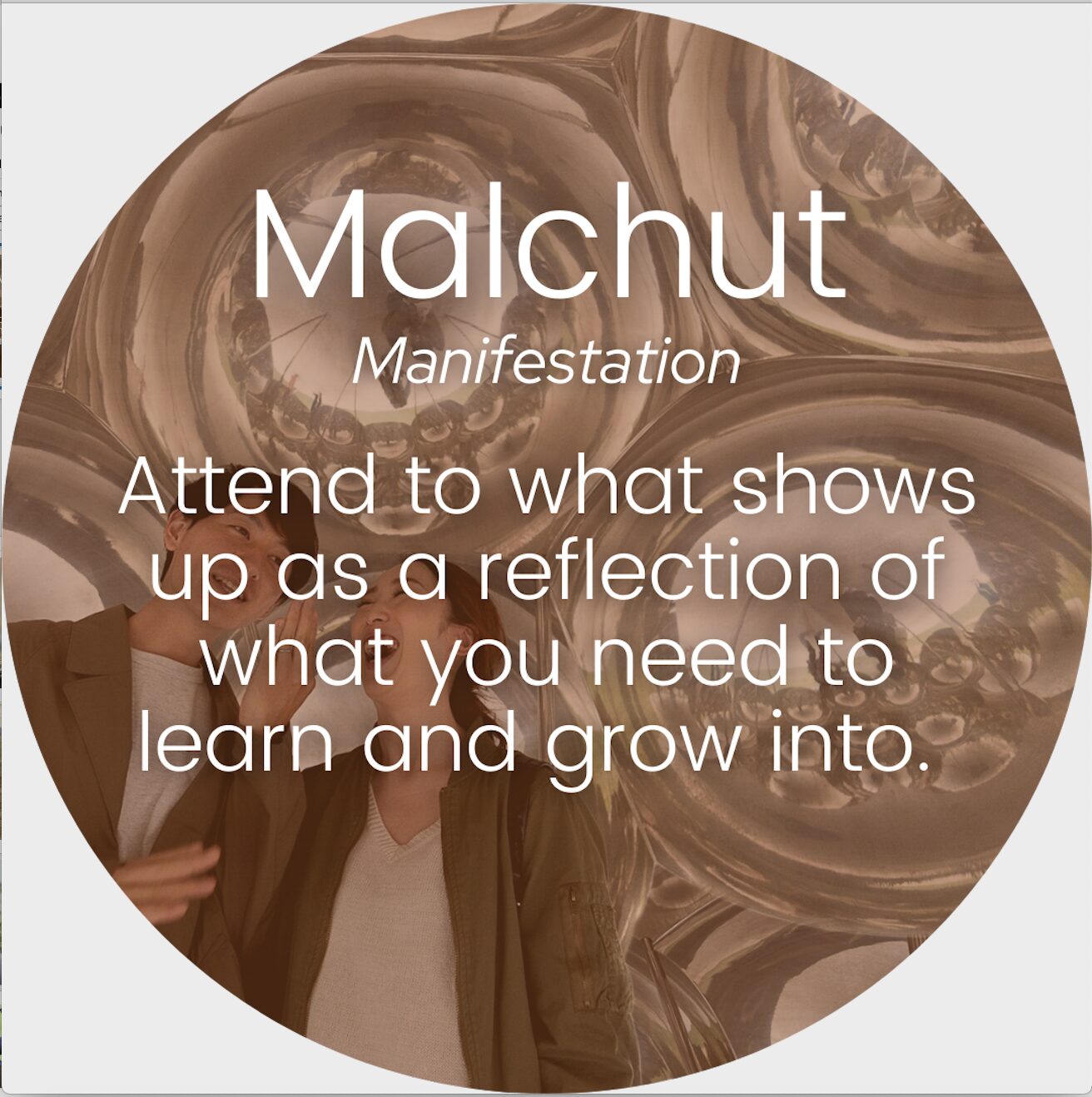


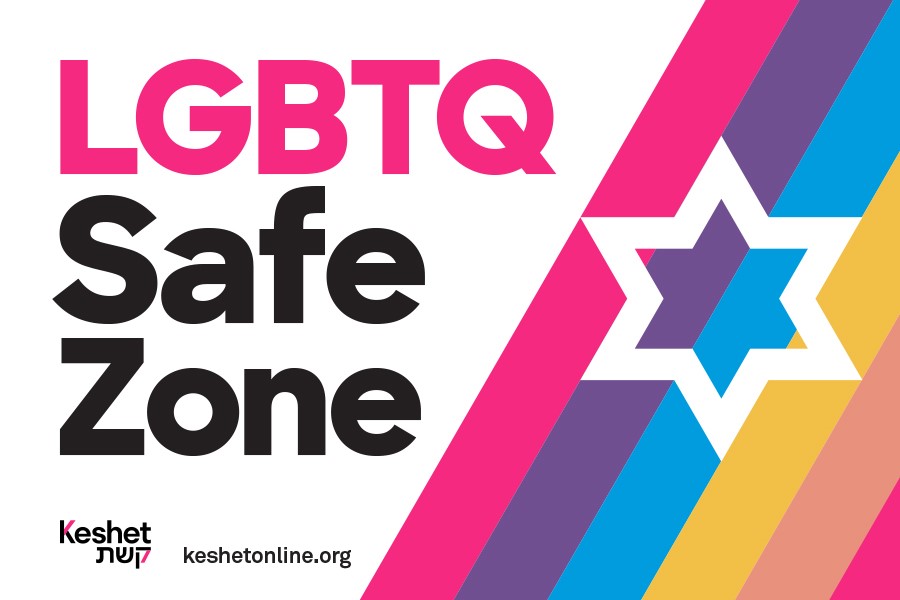
0 Comments